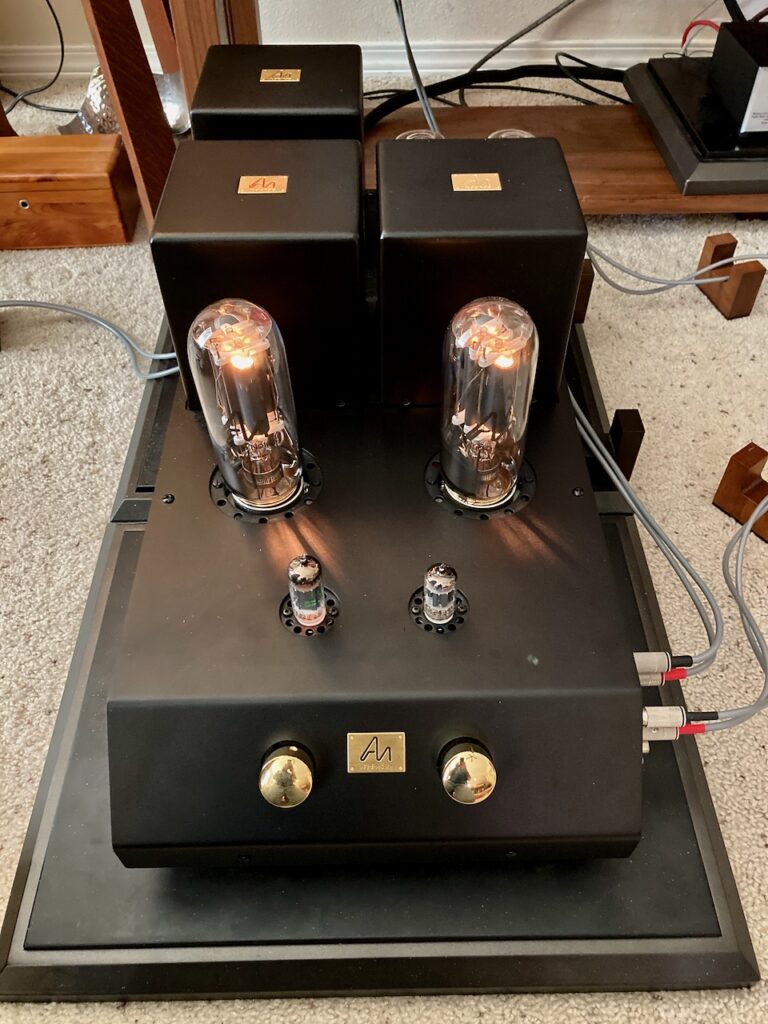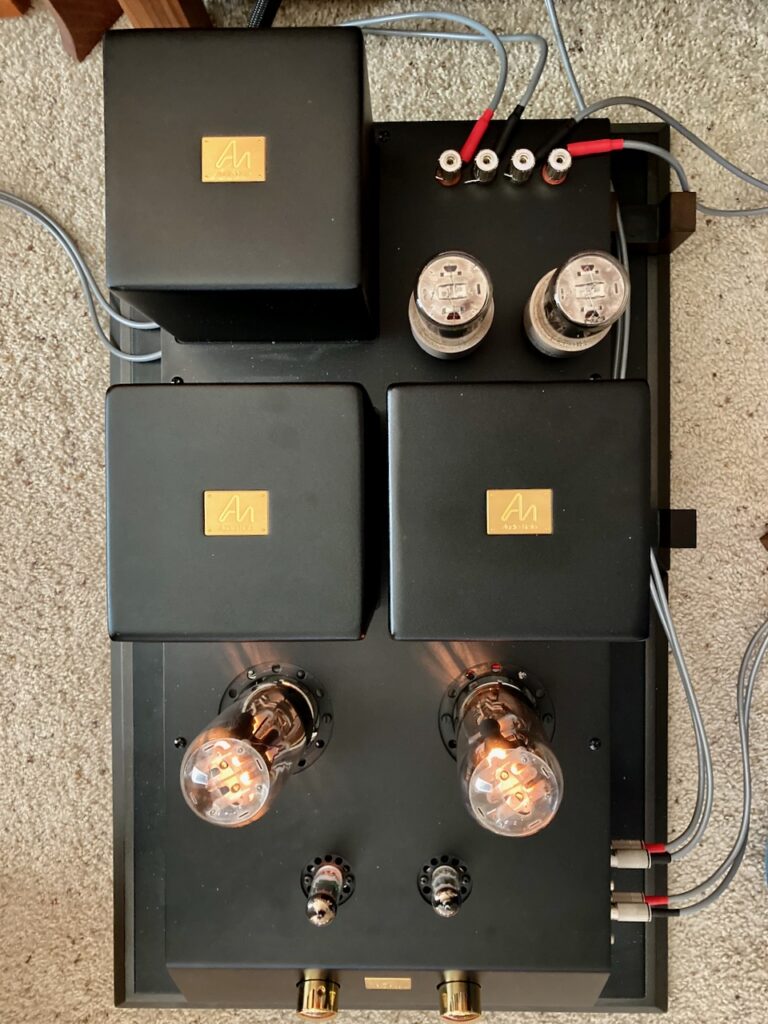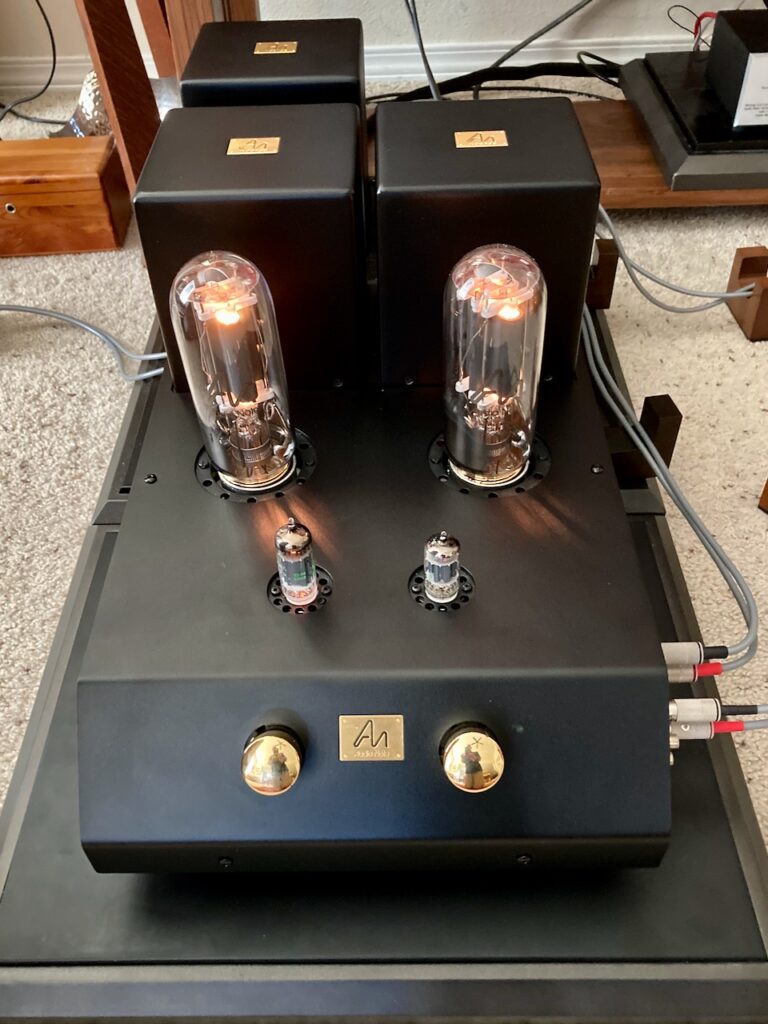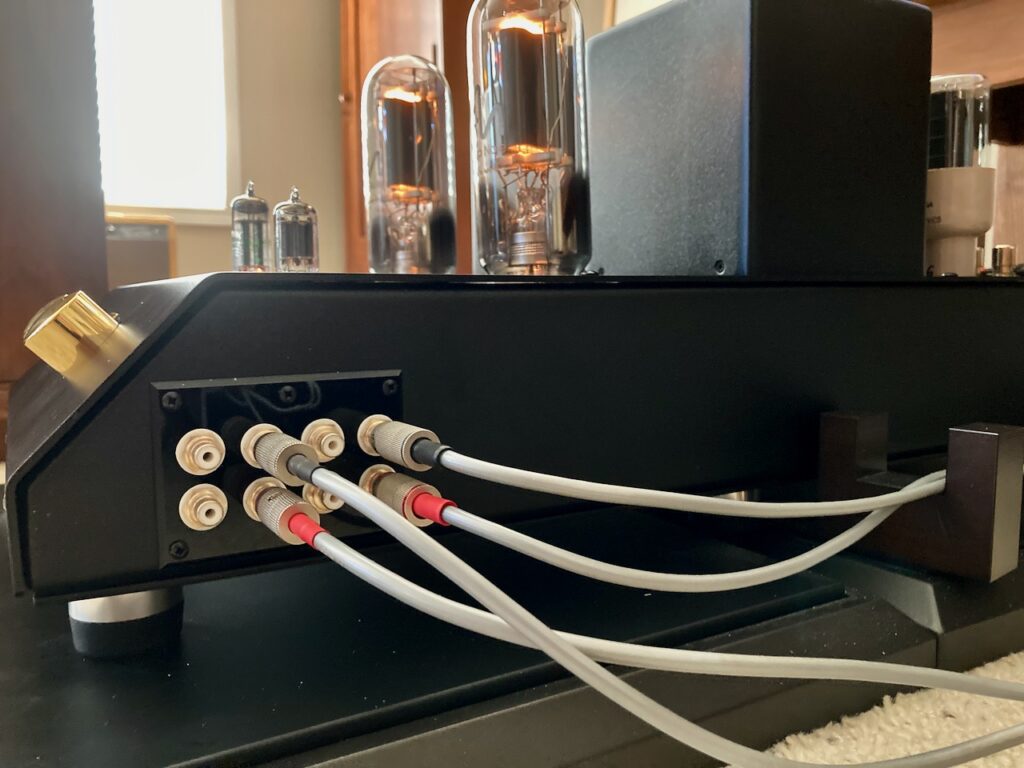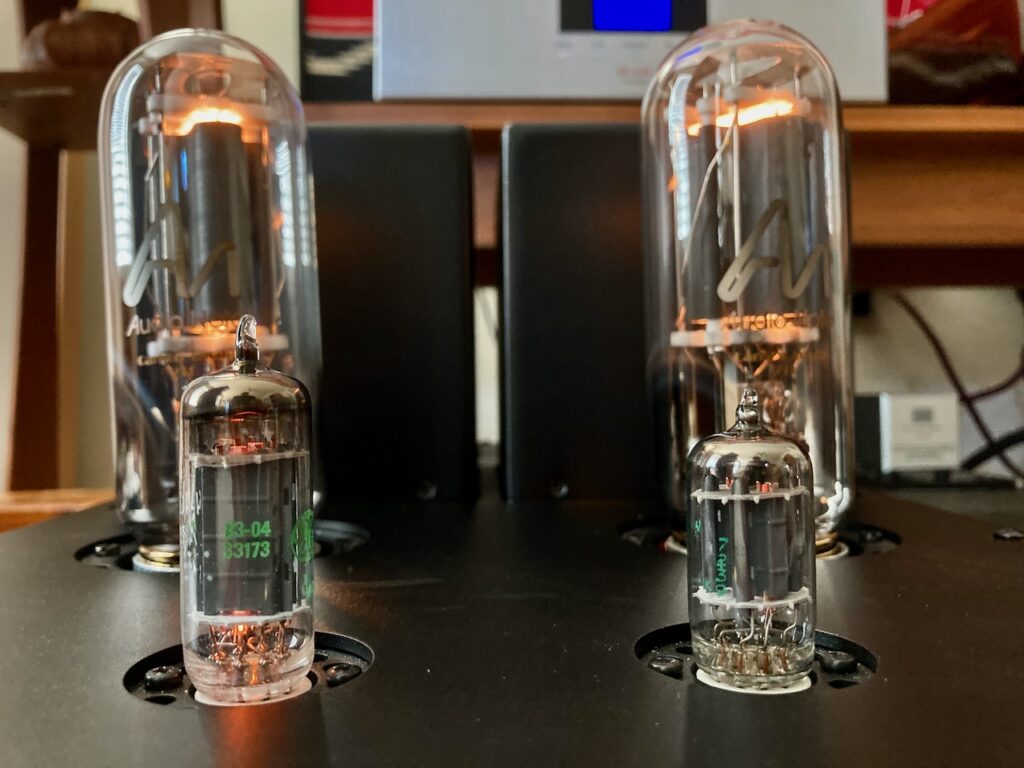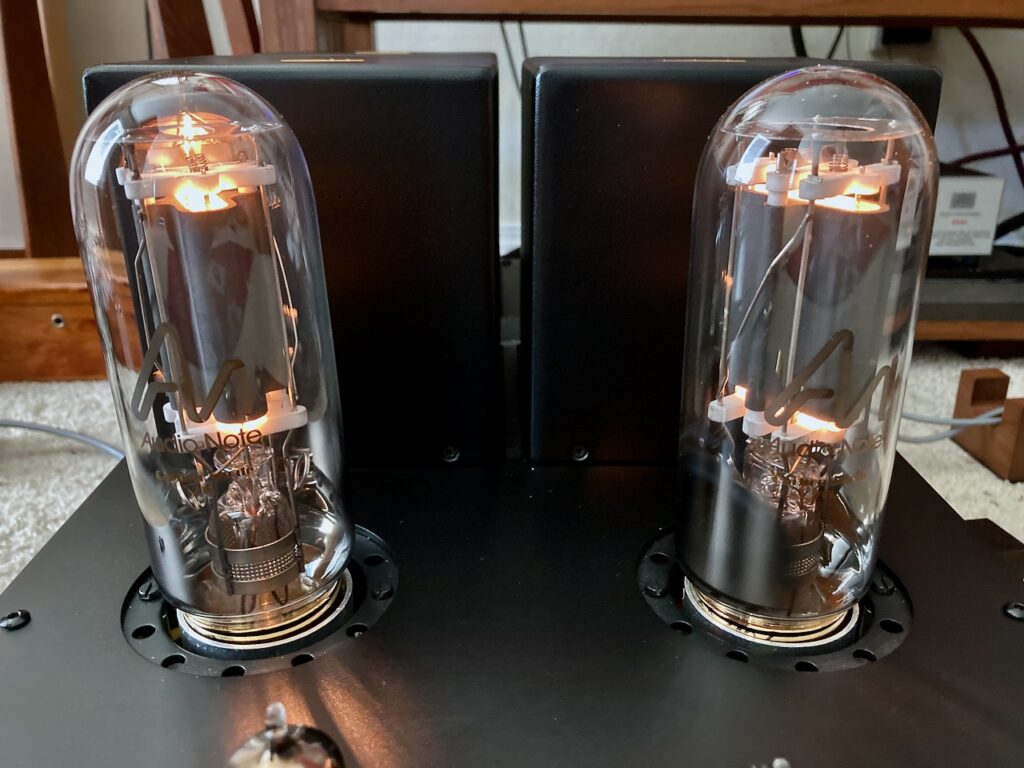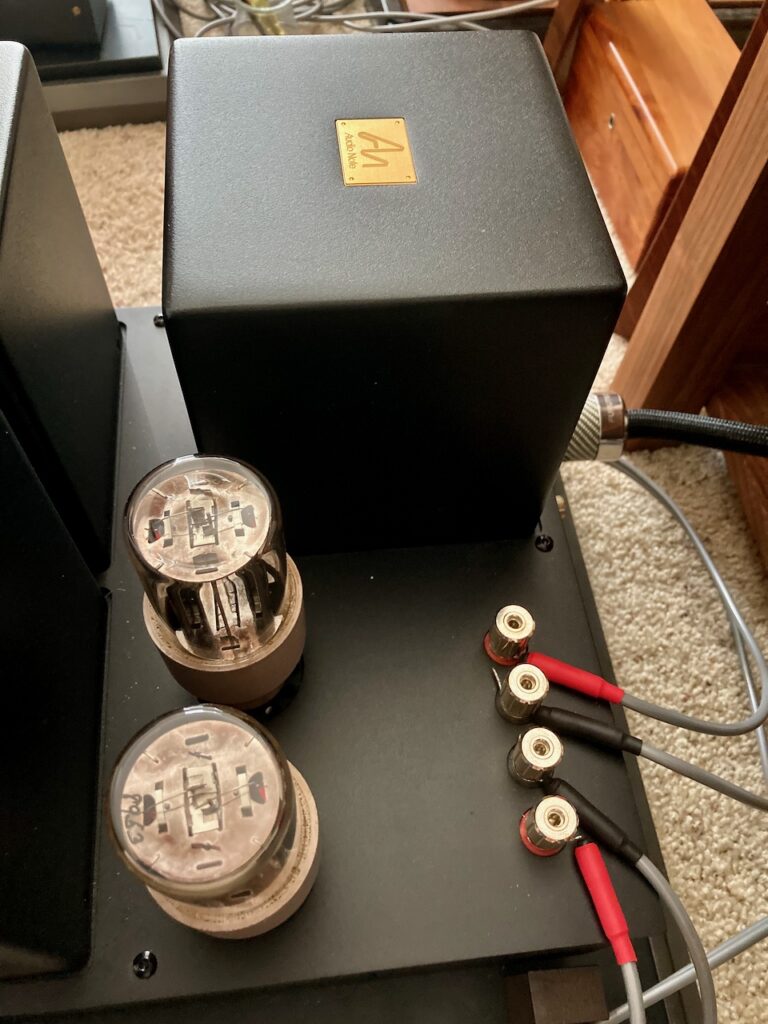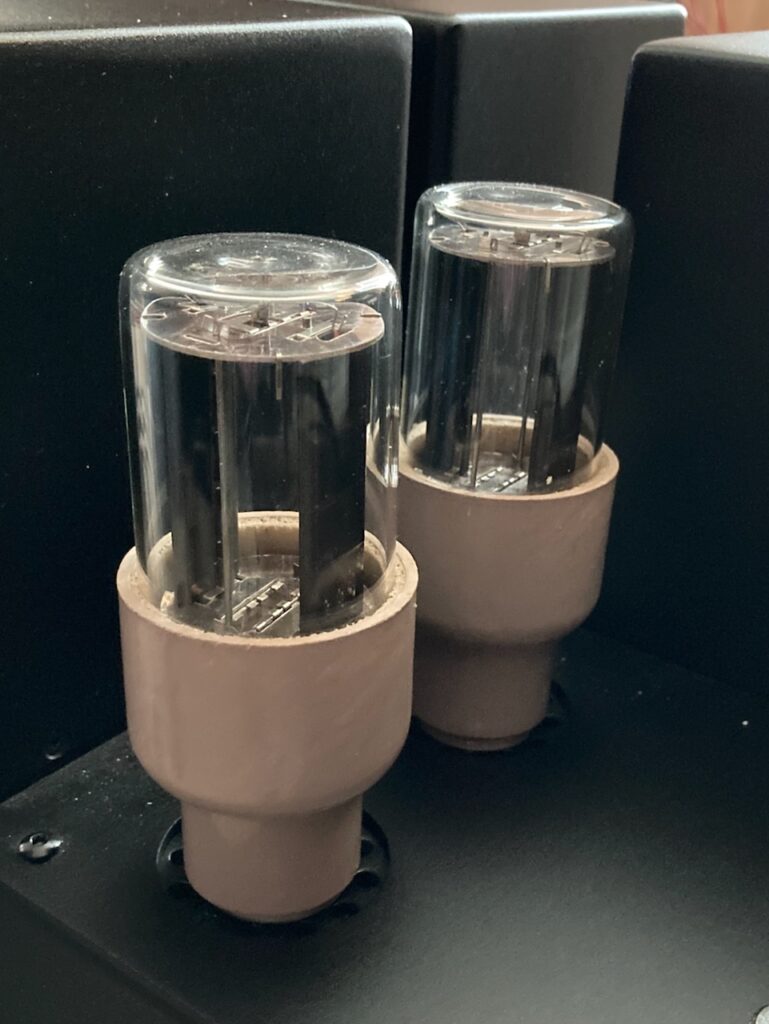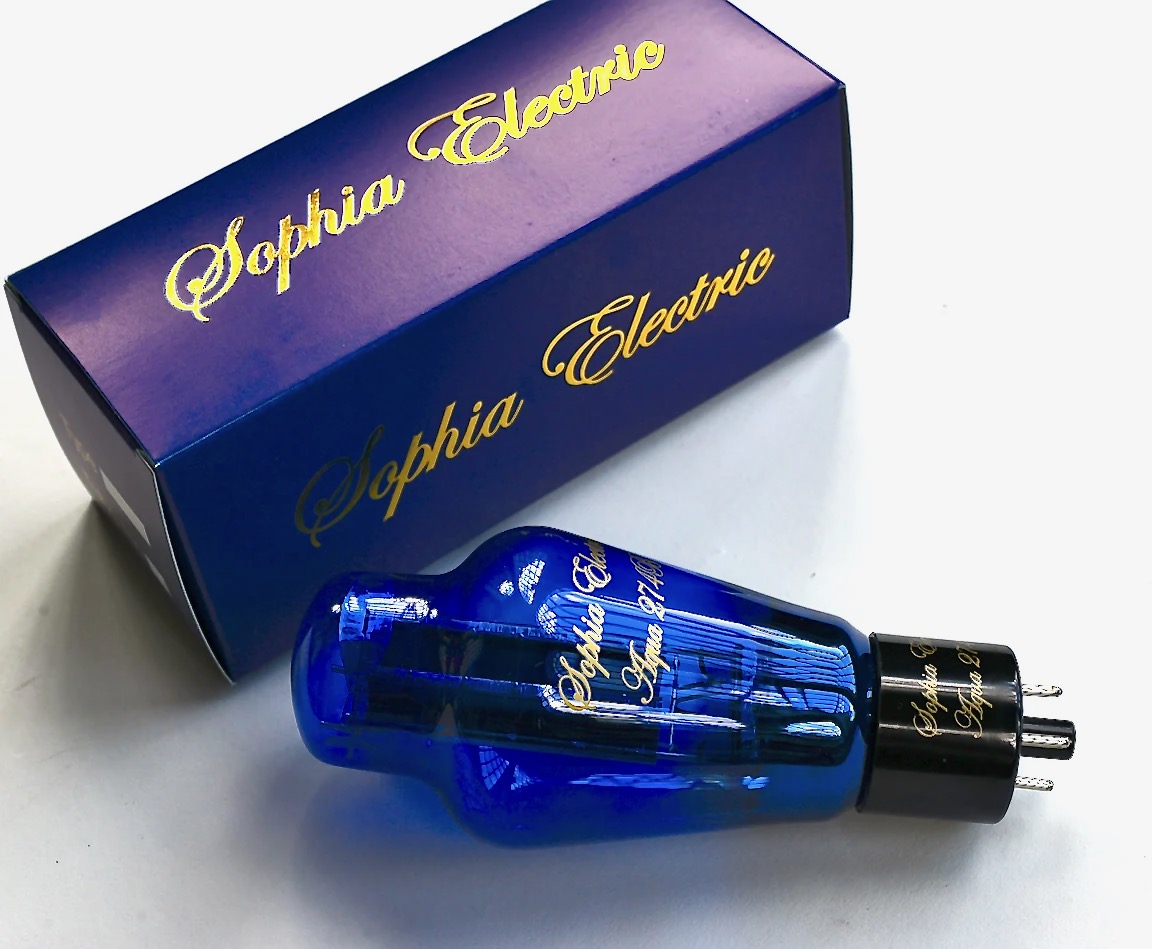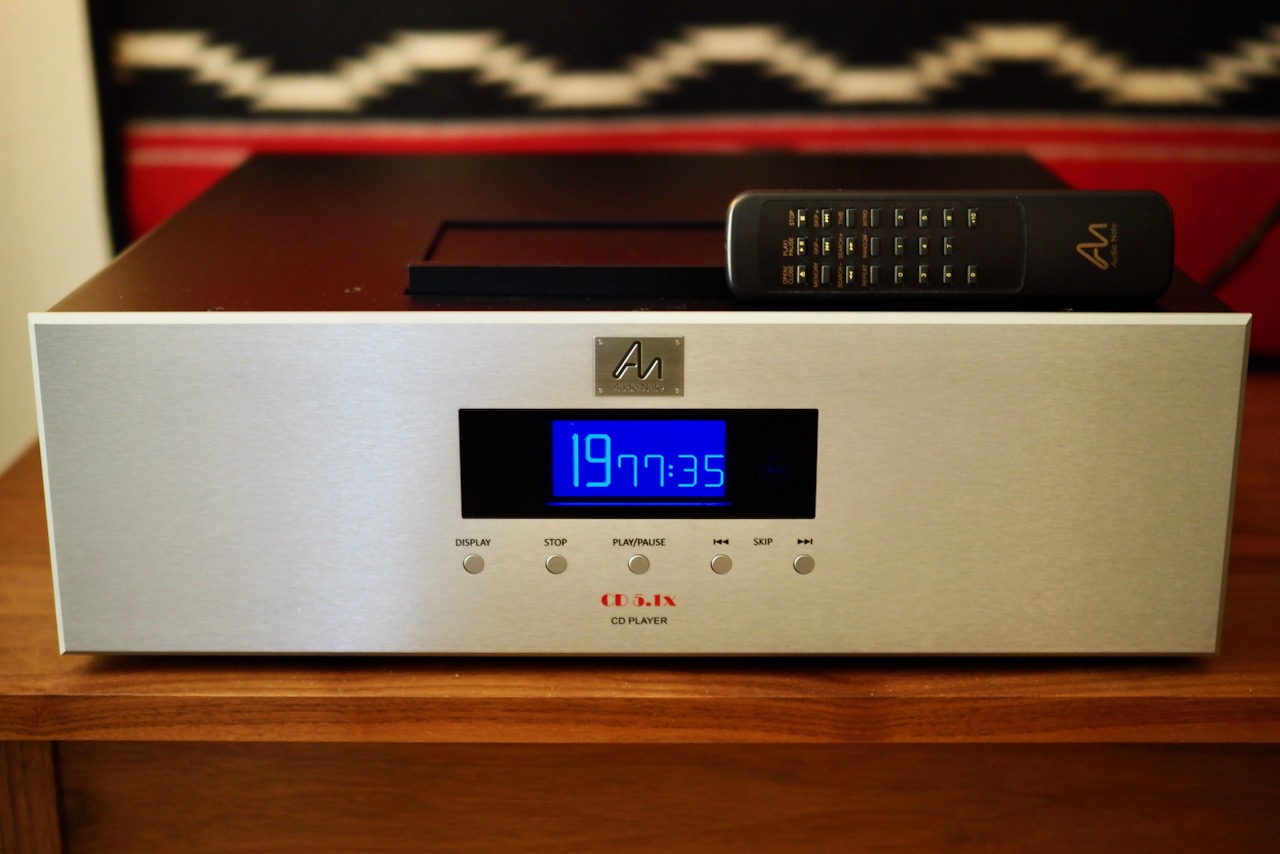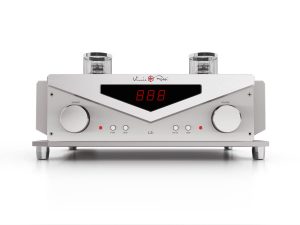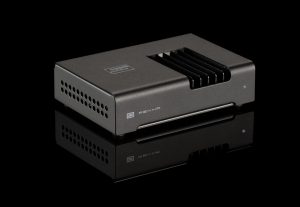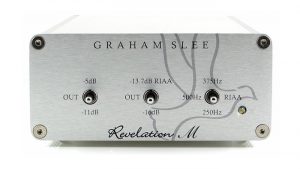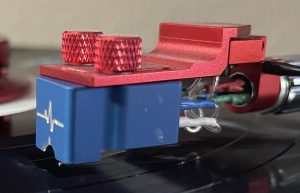Tomei 211 SET Integrated Amplifier and M3 RIAA Phono Preamplifier Technical Descriptions
Let's start with the Tomei 211 SET integrated amplifier (below).
Level 4 Tomei 211 SET Integrated Amplifier ($59,587 USD)
When entering into the rarefied air of Audio Note (UK) Level 4 amplification, the circuit that is deemed as "un-contaminating as possible" is a circuit based on the legendary Ongaku 211 single-ended-triode (SET) integrated amplifier.
The circuit's Level 4 design criteria includes pure Class A operation, zero negative feedback, a single-ended output stage, valve rectification, and directly heated triode operation.
The Level 4 materials and components of the circuit features a combination of copper and silver wire in the in-house designed and manufactured output transformers, and Audio Note (UK) tantalum resistors and foil capacitors.
The valve complement for this circuit starts at the back of the chassis with a pair of 5R4WGB rectifiers, with the ECC82/12AU7 input and 7044 driver valves at the front of the chassis, and the 211 power valves located towards the middle of the chassis.
The overall technical specifications for the Tomei are an input impedance of 100 kΩ, input sensitivity is 450 mV for full output, for a maximum output of 20 watts per channel, and a channel balance of +/- 0.3 dB.
The Tomei is a big, heavy, and awkward to lift amplifier, measuring 12 inches high, 12 inches wide, and 25 inches deep, weighing in at approximately 61 pounds.
I recommended care when unpacking your new Tomei, due to its dimensions and awkward weight balance. Use two people—one holding the front of the chassis, and one holding the back of the chassis—to lift it out of its shipping container, and to place it in your audio system.
Let's do a "walk around" of the Tomei. On the left front panel is a source selection switch, and on the right of the front panel is a volume control (above).
The volume control is a stepped attenuator, with 23 steps. The source signals pass through only two left and right channel matched resistors—a purist approach—for each volume setting.
On the front right side of chassis are four silver line level inputs (above).
On the front right top of the chassis is a New Old Stock (NOS) USA manufactured Joint Army Navy (JAN) GE ECC82/12AU7/5814A indirectly heated twin triode input valve (above).
On the front left top of the chassis is a driver valve, a NOS USA manufactured GE 7044 twin triode. This medium-mu twin triode was originally intended as cathode-follower buffer for high-speed computer applications back in the day.
Behind the input and driver valves, towards the middle of the chassis, are a pair of 211 output valves. The two 211/4242E are current production power/output valves developed by Audio Note (UK) in partnership with Psvane (China) to Audio Note (UK)'s specifications, and feature a molybdenum anode like the great 211 valves of yore (above).
Directly behind the 211 valves are Audio Note (UK)'s in-house designed and manufactured copper/silver wired output transformers (above).
Directly behind the left output transformer is the power transformer, and to its right are two rectifiers (above).
The rectifiers are NOS JAN CAHG 5R4WGB Chatham Electronics valves that were USA made by Tung-Sol. These full wave rectifiers have a high peak inverse voltage rating, and utilize a hard glass bulb that is shock mounted in a silicone rubber skirted base (above).
These robust rectifiers were originally developed for military and government use, and could be used in aircraft applications up to 60,000 feet. This is my first experience with these ruggedized USA military rectifiers, and they are impressively crafted.
Directly behind the rectifiers you see the four silver binding posts for the left and right loudspeakers.
On the back of the chassis (no photo) are the power switch, an IEC 320 AC socket for a power cord, a ground post for connecting source components that use a separate ground terminal, and mains fuses.
Underneath the chassis are six footers to support the Tomei.




